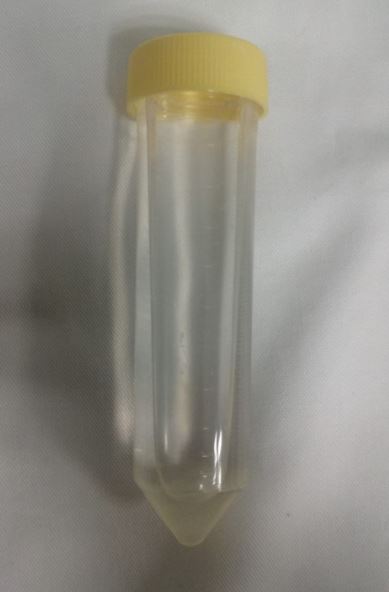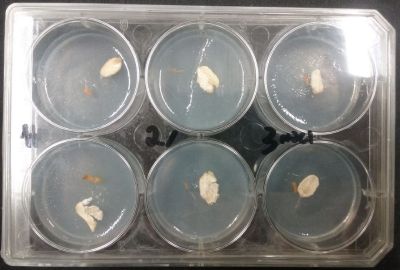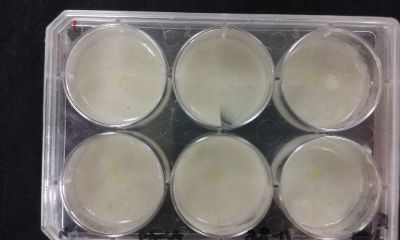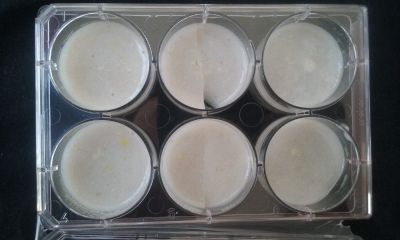SELECTED SPECIMENS FURTHER INVESTIGATION
Polycephalum/physarum
- Wikipedia link: https://es.wikipedia.org/wiki/Physarum_polycephalum (general information around this specimen)
- TED: https://www.ted.com/speakers/heather_barnett_1 (a conference opening a window around experiments with this specimen)
- The Slime Mould Collective: http://slimoco.ning.com/
(here can be found experiments around the world around this specimen) really cool :) (personal opinion)
- Video educational video https://www.youtube.com/watch?v=40f7_93NIgA (Simon Garnier - assistant professor in NJIT talks about his studies)
- Slime Molds Remember - but Do they learn? https://www.quantamagazine.org/slime-molds-remember-but-do-they-learn-20180709/?fbclid=IwAR193K1ULzbxSq-BNUijJWsydeAbAHa6-Eq2sXZpdbLl9_ssvLel3Aph_GM " Most importantly, slime molds can be taught new tricks; depending on the species, they may not like caffeine, salt or strong light, but they can learn that no-go areas marked with these are not as bad as they seem, a process known as habituation." (This quote from this article, give me a hint, in order to experiment with salinity in the medium of the Polycephalum). Dussutour make an experiment placing oatmeal at the other side of a gelatine substance made with either caffeine or quinine in order to obligate the Polycephalum to cross, she learned that after the organism get used to a certain substance, they will cross to the food in this case in the same kind of medium that was located in the first time. (the Physarum have "memory" channels). She made also an experiment testing salinity environments, was the specimen adapted himself to this environment, (also she tested with her team if this information could be communicated to other samples that were not "trained" to this kind of environment).
- Video testing intelligence of the specimen https://www.youtube.com/watch?v=czk4xgdhdY4
- Video Polycephalum in technology (computer storage) https://www.youtube.com/watch?v=HKZ2LtfDrmg
- This specimen is found in the forest and is a type of amoeba.
- Grows at a temperature of around 22° - 24°.
- Medium:
100ml of distilled water
2g of agar
Leaflets
Aliivibrio Fischeri
- Wikipedia link:
- This specimen is found globally in marine environments.
- Is found in very low quantities in almost all oceans of the world in temperate or subtropical water, lives as a symbiont in the light organ of certain fish and squid species. Grows at temperatures of 24°.
- The bioluminescence of A. fischeri is caused by transcription of the lux operon, which is induced through population-dependent quorum sensing. The population of this specimen needs to reach an optimal level to activate the lux operon and stimulate light production.
- Many people have work with this specimen trying to make their own version of the medium. Common ingredients in most media include Tryptone, yeast extract, glycerol, and roughly 3% NaCl by weight.
- Medium:
NaCl 30 g
Glycerol 1 g
Pepton (Bacxto-peptone) 10 g
Meat extract 3 g
Made up with distilled water to 1000 ml
EXPERIMENTATION with Alii Vibrio Fischeri
- Day 1: The extraction of Alii Vibrio Fischeri from a living natural environment (took from an octopus).
- Day 4: I failed to extract the Alii Vibrio Fischeri into the medium, after three days there was no blue glowing as seen in the first day inside the medium that I made. My hypothesis is that the specimen wasn't in the same original conditions from where it comes from, and it couldn´t survive.
CONCLUSIONS: Because I failed in the extraction of the Aliivibrio Fischeri, I will start with the cultivation of Polycephalum/physarum in order to confirm if this specimen can be cultivated in salty environments. According to the previous investigations of Dussutour, it is possible, so I will explore this idea.
EXPERIMENTATION with Polycephalum/physarum
- Day 1: In order to test if this specimen can grow in salty environments I made the following sample. In the right the two first specimens of Polycephalum/physarum are in the medium with; 0.5 gr Agar, 25ml water and 1 flake Leaflets. In the middle the medium is divided in the half, the right half has the previous medium and in the left, the medium is made with; 3% of NaCl (simulating the salinity of the sea), 0.5 gr Agar, 25ml water and 1 flake Leaflet is situated 1mm inside the salty environment. The left sample is made totally with the previous medium (the salty medium simulating the salinity of the sea).
- Day 2: I made a new sample with a new medium; at left a normal medium, at the center a sample half with the normal medium and the other half with 3% of NaCl, and the third sample with just the salty sample.
Medium:
- 100 ml of water
- 4 gr of cooked potatoes
- 4 gr of oat flakes
- (mix together)
- 2 gr of agar
- (mix all together and boiled 2 minutes)
- Day 3: After one night, the sample in the normal environment is growing normally, the sample in the half mediums moved to the non salty medium and the one in the salty medium seems that have died.
hoober phonic



